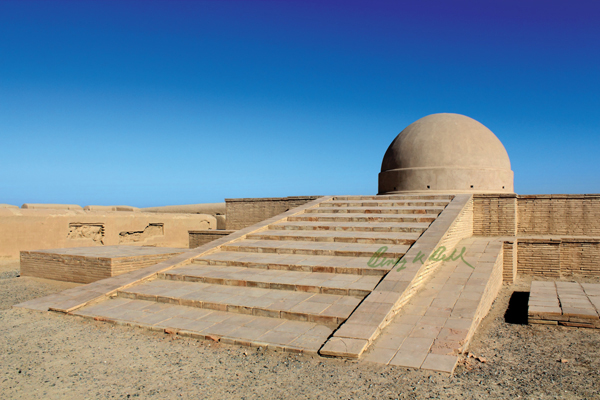Liberation from attachments

Benoy K Behl
Stupas are amongst the earliest Indian monuments which survive both of the Buddhist and Jaina traditions. Recent excavations near Nalanda have also unearthed a large stupa made between the 8th and the 10th centuries BCE.
In Indic thought, the final truth which is sought is formless, arupa or nirguna. The concept of the stupa (of Buddhist, Jaina and Ajivika worship) is explained in the Chitrasutra, the oldest-known treatise on image-making.
It is mentioned in this treatise that the best way in which the eternal is to be imagined is without form. For seeing the true world, eyes are to be closed in meditation. Thus, a simple form, which does not remind us of men or women, animals, the fruits of the earth, or any of the shapes of the material world around us, is best to have before us when we wish to meditate upon the eternal.
Stupas could be meditated upon, without reminding the devotee of any forms of the illusory world. The followers of Gautama Buddha enshrined his mortal remains in a number of stupas. Thus began a tradition which spread to many countries and continues till today. Stupas also housed mantras, the remains of other revered teachers and their personal belongings.
The stupa became the symbol of liberation from the attachments of the material world.


